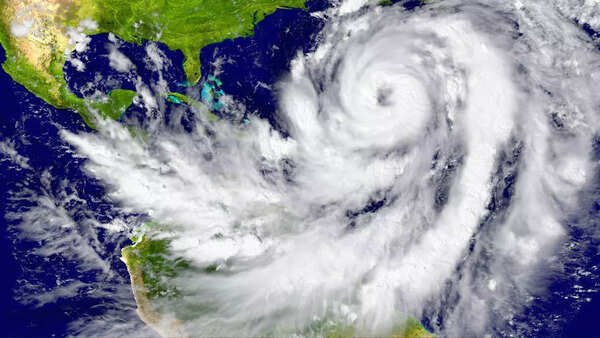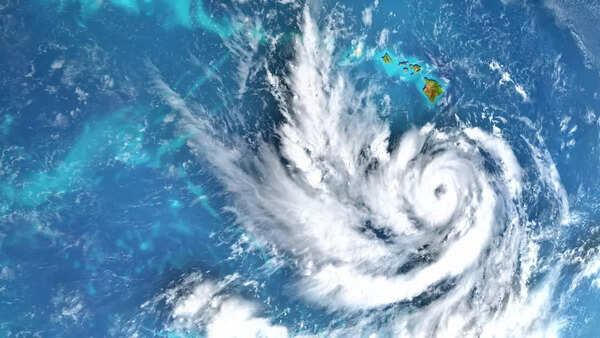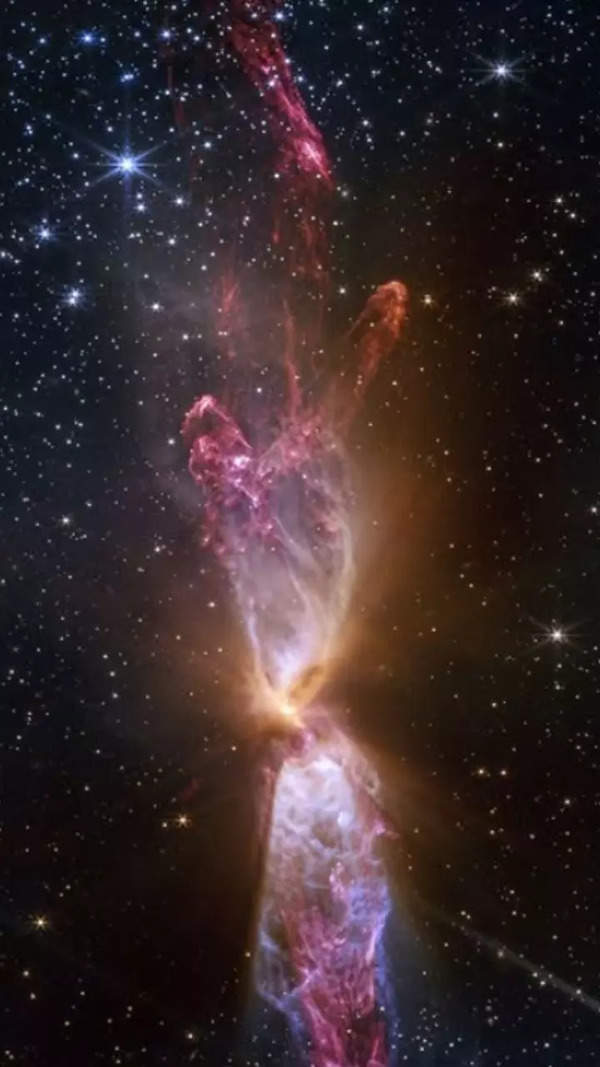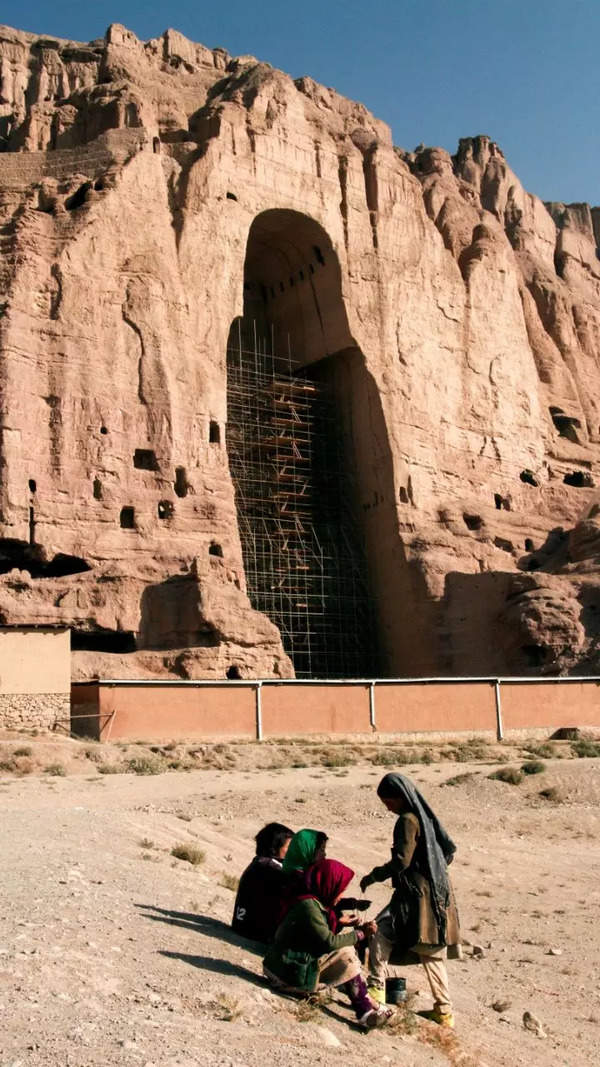Trending
No hurricane has ever crossed the equator! What’s the reason behind this strange phenomenon
Hurricanes, also known as typhoons or cyclones, cannot cross the Equator due to the Coriolis effect. This phenomenon, caused by Earth's rotation, produces a force that is too weak at the Equator to maintain a hurricane's structure, leading to their dissipation.
Our planet Earth is endowed with wonders and secrets, and never stops to amaze us with its detailed natural processes. These surprising wonders can range from the dance of the Northern Lights to the beauty of bright waterfalls, and each of these comes as a surprise. One such thought provoking scene is the peculiar behaviour of hurricanes around the equator. While these powerful storms wreak havoc in various parts of the world, there's a fascinating boundary they rarely, if ever, cross which is the Equator. Is it because of some magic spell or or some innate force that prevents this mysterious phenomenon?
What is unique about hurricanes and typhoons?
Our planet encompasses myriad mysteries and marvels at every turn and among the plethora of mysteries and marvels at every corner, hurricanes are among the most breathtaking yet powerful and scary forces of nature. These colossal storms which are also known as typhoons or cyclones depending on the region, have the power to devastate vast swathes of land, leaving behind a trail of destruction as an after effect. However, amidst this sheer force, there is a strange behaviour shown by these hurricanes, as they do not cross the Equator. This strange anomaly is the result of the complex processes of our planet's rotation and atmospheric forces, which is known as the Coriolis effect.

What is the Coriolis effect?
The Coriolis effect, which is named after the French mathematician Gaspard-Gustave de Coriolis, is a force that arises from the rotation of the Earth. It has a strong impact on moving objects, such as air masses, and deflects them to the right in the Northern Hemisphere and to the left in the Southern Hemisphere. This deflection is important for the development and maintenance of hurricanes. When warm, humid air rises close to the surface of the ocean, it leaves a low-pressure region that pulls in air from around it. The Coriolis force gives the incoming air a rotational motion, so it turns and develops the cyclonic shape typical of a hurricane.
What makes its effect different at the equator?

The Coriolis effect has a sudden reversal at the Equator, which effectively cancels out its action. On this fictional line separating the world into two hemispheres, the rotational forces propelling the whirl of hurricanes are too feeble to keep their form intact. Without the rotational momentum required, hurricanes lose their defining features and disintegrate. Thus, these powerful storms cannot continue to be as intense and organized and therefore cannot cross the Equator.
End of Article
FOLLOW US ON SOCIAL MEDIA
Visual Stories
Tired of too many ads?go ad free now









